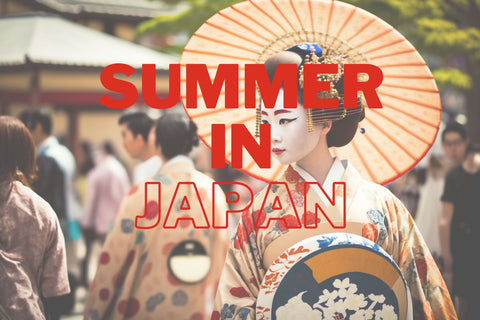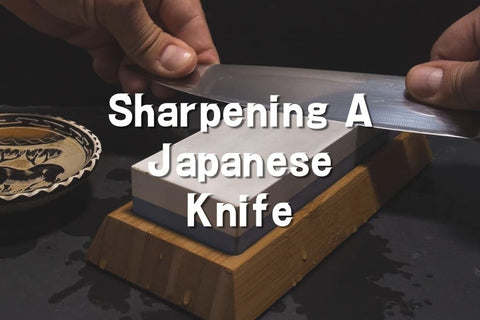
30 Japanese Souvenirs To Bring Home From Japan
Japan is a beautiful country with rich culture. One of the best ways to experience the country is to take the time to visit and learn about Japan's history and customs. The adventure doesn’t need to end after your vacation is done. The best way to continue to enjoy Japan is by bringing home souvenirs as your own little piece of Japan for your family, your friends, and of course yourself!
1. Japanese Clothing
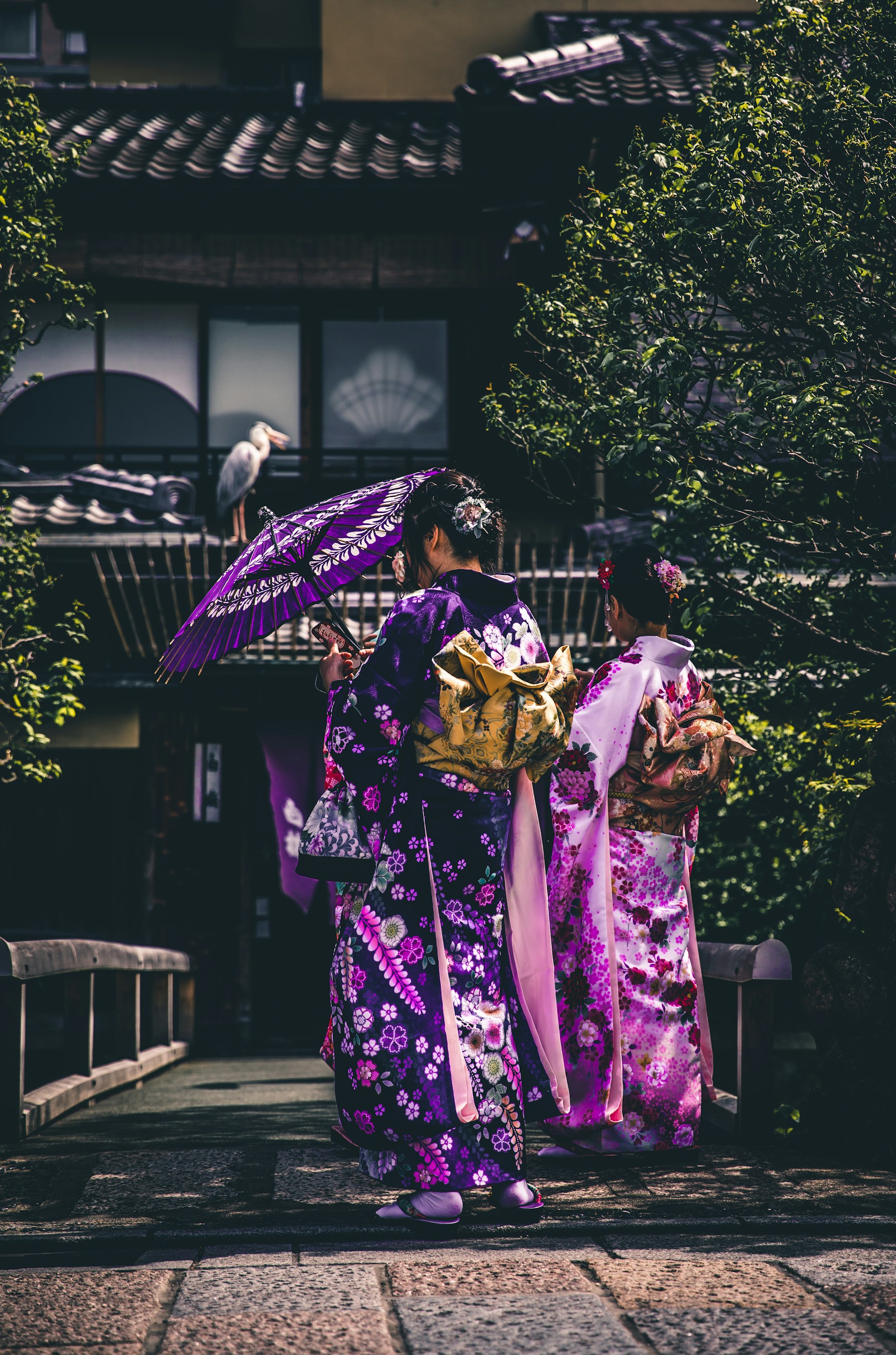
Clothing is a popular souvenir because Kyoto is well known for its textiles. Kimonos, yukatas, and kimonos are all colorful and elegant.
They make for a beautiful piece of clothing to wear at home or as a dress. Kimonos and yukatas make an amazing Japanese souvenir.
You can get them at several locations in Kyoto as well as in other parts of Japan. The best deals are on used Kimonos you can find in some shops.
We always recommend the beautiful kimono creations from www.kimonokoi.com
2. Tenmoku Pottery

Tenmoku pottery is a type of Japanese pottery that is known for its simplicity and elegance. It is often used in tea ceremonies or as a centerpiece in an ikebana flower arrangement.
The word Tenmoku means “heaven and earth”. This type of pottery was first made during the late 17th century to celebrate the imperial court's seclusion from the public.
3. Furoshiki

Furoshiki are traditional Japanese cloths that are used to wrap and carry goods. They have a long history, with records of them being used as far back as the 16th century.
They are now experiencing a resurgence in popularity, because they're reusable, durable, and take up little space when folded up to store.
4. Japanese Tea
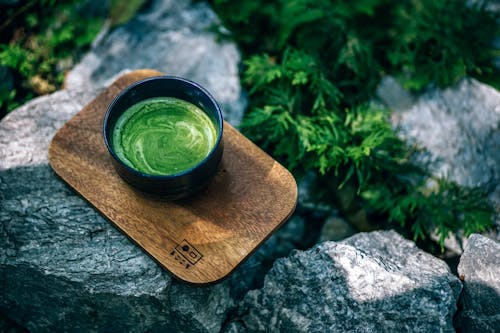
The most popular types of Japanese tea include "Sencha, Hojicha, Genmaicha, Bancha, Matcha, and Gyokuro."
Sencha is a type of Japanese tea that is grown in the shade and has a very mild taste.
Hojicha is a roasted green tea which is made from green tea leaves. Genmaicha is a mixture of green tea and brown rice.
Bancha is a roasted Japanese tea made from sencha leaves, brown rice, and dry roasted rice.
Matcha is a fine green tea powder that is traditionally used as a ceremonial drink in Japan. The green tea leaves are grown in the shade to increase chlorophyll content.
Gyokuro tea is a type of Matcha that has been grown under the shade to make it sweeter.
5. Omamori

Omamori are miniature talismans that Japanese people often get from temples or shrines to bring them good luck. These scrolls resemble charms or talismans that are inscribed with the words of a Shinto prayer. The prayers typically offer protection for health, safe travel, or success in love and work.
6. Omikuji

Omikuji are fortune-telling paper strips you can get at Japanese temples. They're often found next to a box where visitors toss coins, then pull one from the box. The fortune on the omikuji is thought to be a prediction of what's in store for you in the future. The omikuji is typically a strip of paper with red text on one side and white text on the
Fushimi Inari Shrine is a famous shrine in Kyoto, Japan. It's known for its beautiful landscape and its many torii gates. People often make wishes as they pass through the gates. It's also well-known for its Omikuji. When visiting Fushimi Inari you can get a special fortune. Some are lucky and some are unlucky. If you receive an unlucky fortune, you can tie it to a tree at the shrine to get leave the bad luck to be cleansed.
7. Arashiyama Bamboo Souvenirs

The best souvenirs to buy in Arashiyama from Bamboo are chopsticks, fans, and masks. You can find a number of cute shops with these and other items made from local bamboo.
8. Bamboo Matcha Whisk
A Japanese Matcha Whisk is a bamboo whisk with a long handle and a rounded head. It is used to mix matcha, the finely ground powder of green tea leaves. The whisk traditionally used for matcha has a long handle and a rounded head to produce a froth on the surface of the liquid. It is a crucial part of the traditional Japanese Matcha tea ceremony.
9. Wagashi

Wagashi are traditional Japanese sweets, often made from rice flour or beans. They're usually sold in a set of three or five pieces. The most popular varieties are kagami mochi, anko zangiri, and kuri imo no shiroi ko.
10. Chopsticks

We all know what chopsticks are, but there is something special about getting a pair as a souvenir from Japan. You can find many in 100 yen stores like Daiso, or keep an eye out for specialty shops who could even engrave a custom message in them for you!
11. Tea Cups
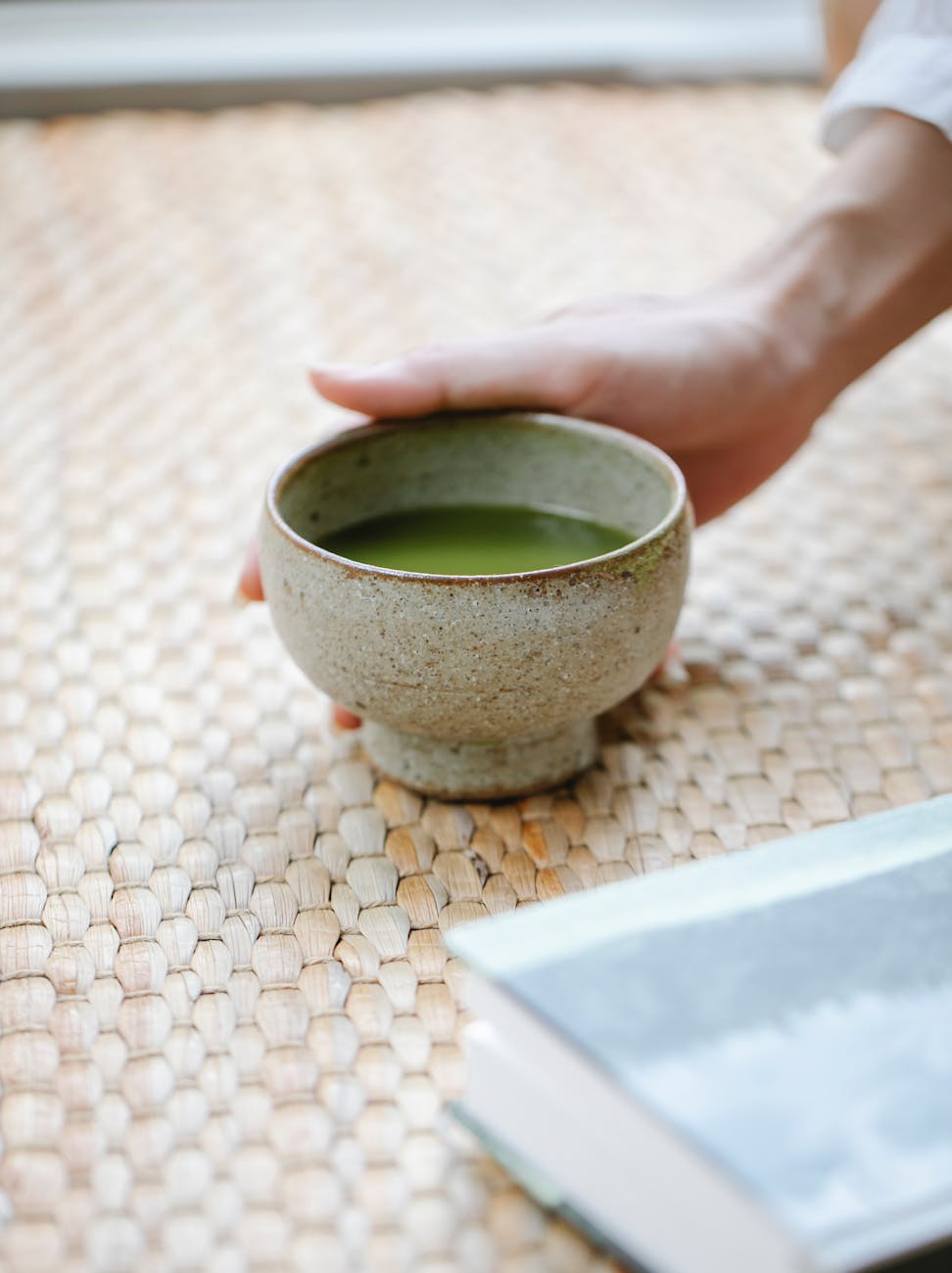
Tea cups are a staple of the Japanese culture. They have been around for centuries and have many different purposes, depending on what type of tea is being served. There are so many different ones, but here are the three most popular types:
Chawan is a type of bowl that matcha is typically served in during the ritual Japanese tea ceremony. Due to it's shape, it's suitable for using with a bamboo whisk which can reach all areas. The smooth interior won’t damage the chasen, and doesn’t feel too heavy in your hands. It’s easy to hold, allowing you to comfortably grip it while preparing matcha. Chawan is also a daily staple when drinking matcha
Matchawan is a type of chawan, which means it is often assumed to be spelled as chawan. This has led to some confusion, with many people thinking they are the same thing. Recently matchawan has become slightly more popular and that’s why most English speakers refer to it as such.
Yunomi is the most common type of Japanese tea cup. In terms of size, the traditional form is typically cylindrical and can range anywhere from 90 ml to up to 160 ml.
12. Japanese Artwork
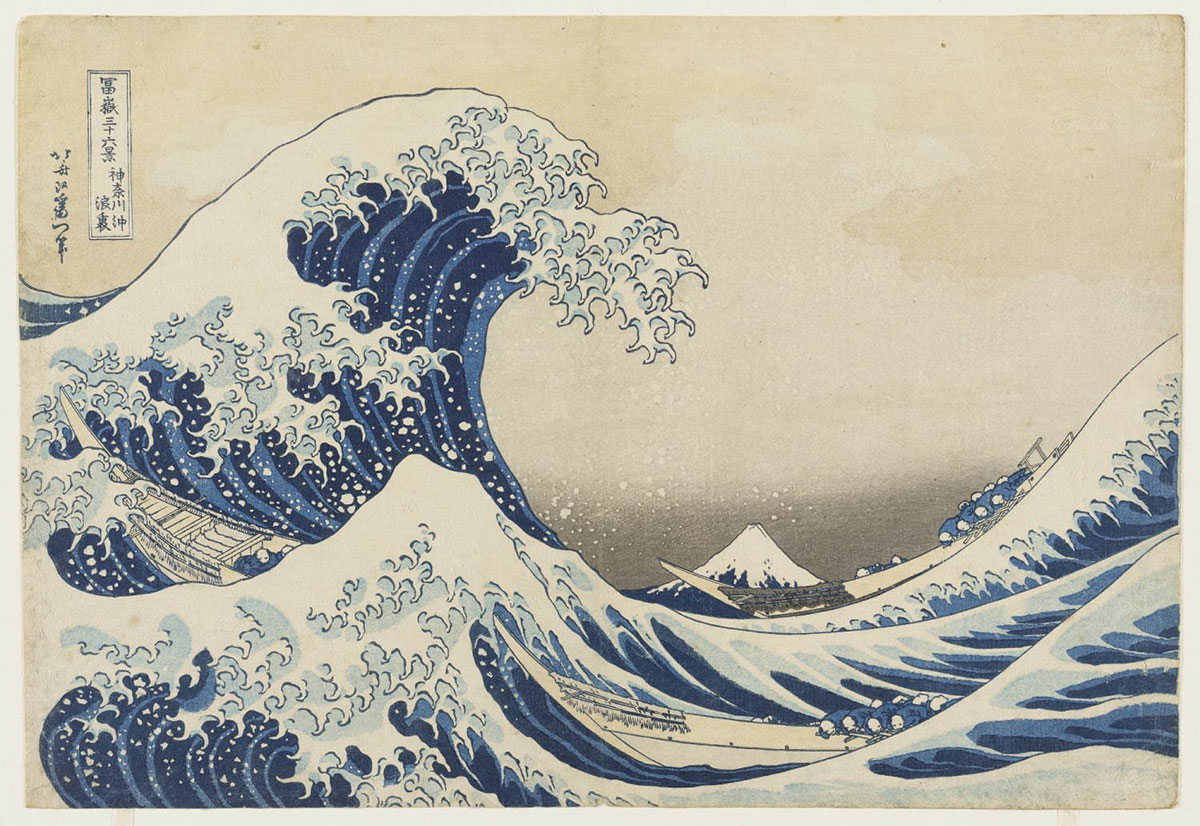
Japanese art is known for its distinct styles that have evolved over the years. There are four major categories of Japanese artwork:
Ukiyo-e, which translates to "pictures of the floating world"
Rinpa, which is a style heavily influenced by Chinese and Dutch design
Nihonga, which translates to "Japanese painting"
Kyōga, a style that emerged in the late 1800s.
There are a number of galleries or antique shops where you may be able to find these, but another great place to find them can be the second hand shops. The trick is to find the smaller ones as many of the larger, more central shops only carry clothing.
13. Temple Stamps

Temples and shrines are the places of worship for many Japanese people. Temple stamps are the stamps that you can get by praying at a temple. Each stamp is a different size and shape, and is stamped with the name of the temple or shrine in red ink. Afterwards, some beautiful calligraphy will be written over top representing something significant about the day or temple. The most famous Temple stamp in Japan is the Temple Stamp from Kinkakuji Temple.
14. Flower / Leaf Pressings
One of the most interesting aspects of visiting anywhere new is enjoying the difference in the natural environment. While Japan is famous for its’ sakura, there is no shortage of other beautiful flowers and trees people take pride in. Flower or leaf pressings are perfect because they are small and take up no space, but they are also a unique way of documenting your experience. A trip can be an unforgettable experience but one thing is certain - it won't stay in your head forever without any physical evidence. Pictures may capture the past, but souvenirs will make it last longer.
15. Japanese Calligraphy Sets

Japanese calligraphy sets have been used for centuries, but they are less popular now. These sets are a great way to learn the art of calligraphy. They come with everything you need to get started including a brush pen and ink stick. The sets come in different levels, so it's easy to find what is best for you. They could be found in specialty shops, or even in the local 100 yen stores such as Daiso.
16. Japanese Kitchen Knife

Japanese kitchen knives are a perfect example of the difference between quality and quantity. The blades are sharper, the craftsmanship is unmatched, and they're manufactured with cutting-edge technology. The high quality of these knives makes them worth the higher investment. Even better is when you can go into a specialty shop where they will have hand crafted knives where each one is unique.
17. Bento Box

Bento boxes are the traditional Japanese food “lunch box” that is perfect for a meal on the go. They are typically filled with rice, fish, or meat and vegetables. In Japan they are considered staple lunches for students and office workers.
The word "bento" literally means "lunch box". Bento boxes come in many shapes and sizes to accommodate what is inside of them.
A typical bento has three parts: a bowl of rice, a main dish like meat or fish accompanied by some vegetables and finally, an optional third dish to be added by the person who prepares it such as pickles or a small dessert.
18. Stationery

Japanese stationery is known for their unique designs and cutting-edge technology.
Japanese stationery is great for writers, artists, or any other creative people. The traditional Japanese art of calligraphy has played such an important role that people take pride in their stationary and it makes it a perfect choice for someone looking to brush up on their skills. You can find high quality stationary, or a variety of unique designs.
19. Hanko

Some people seem to think that a hanko seal is just a stamp, but it is actually a personal stamp. It’s usually made of metal traditionally, but it can also be made form a number of other materials, and has the person’s name on it. This is the equivalent of making your signature on something.
A Japanese hanko, or seal, is an important and personal thing. The origins of this tradition can be traced back to ancient China. In Japan, they are used for everything from signing contracts to opening bank accounts.
There are special shops where you can have your own handcrafted, some vending machines where you can write your name and it will create a hanko for you, or in 100 yen stores you will find a number of small hanko, but these will not be personalized to you.
20. Tanuki Statue
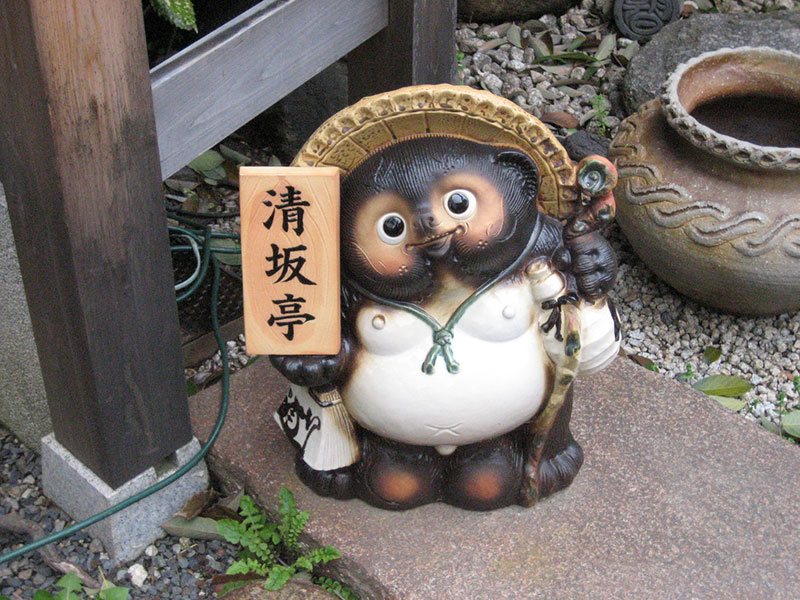
The Tanuki statue is a symbol of happiness and celebration, as well as an auspicious animal. It is a Japanese mythological creature that has the head of a raccoon dog and the body of a badger. The Tanuki has been seen in both Shinto and Buddhist artwork for centuries.
In Japan, the Tanuki Statue is considered to be a symbol for prosperity. In Buddhist artwork, it has been seen to represent happiness, longevity, and contentment. A statue of this creature would be gifted to people who are moving into new homes as an omen for good luck in their new endeavors - You can often find them in front of people’s houses or in their gardens. Especially in the Kansai region of Japan.
There is even a small town called Shigaraki where you will find 1000’s of these unusual statues throughout the town. Shigaraki is a built around ceramic craftsmen and they specialize in these Tanuki statues. Some can be 10m tall, while others can fit in the palm of your hand.
21. Hand Fan

Hand fans are traditionally used as a way to keep cool during hot seasons. They were a luxury item that was only available for the wealthy and royalty but now they can be found in many stores and online for the general public.
The earliest hand fans were made of peacock feathers, silk, or paper in Japan. Now, they are made of plastic, paper, or metal. They come in many different shapes and colors.
Traditional Japanese hand fans offer a sense of relief from the heat while providing a unique accessory to your outfit!
22. Kit Kats

There is a lot to be gained by exploring the Japanese Kit Kats and their flavor variations.
The Japanese Kit Kats are just like any other, but they come with a variety of different flavors that can appeal to any person's taste. There are over 300 different flavors in Japan that we can all enjoy. They favors do change throughout the seasons and some may only be found in specific areas, but it is always a fun hunt to see which flavors you can find!
23. Manga

You are likely familiar with Japanese manga. Although you may not be able to read Japanese, they are still a great souvenir!
Manga is a type of Japanese comic that is read from right to left. Another key difference between manga and western comics is the artwork. The style is very unique to Japan and has inspired artists from all over the world.
Japanese culture plays an important role in many aspects of manga's history and production: language, writing system, religion, dress code, and food culture are all elements which can be seen and given some insight in manga.
24. Furin

In Japanese culture, a Furin is a sort of wind chime that is believed to ward away evil spirits. They are usually hung in front of one's door or window to protect the inhabitants from any misfortune.
Particularly, they are seen in the summer months and the gentle chiming can be heard from many gardens or windows on a breezy summer day.
25. Koi-no-bori
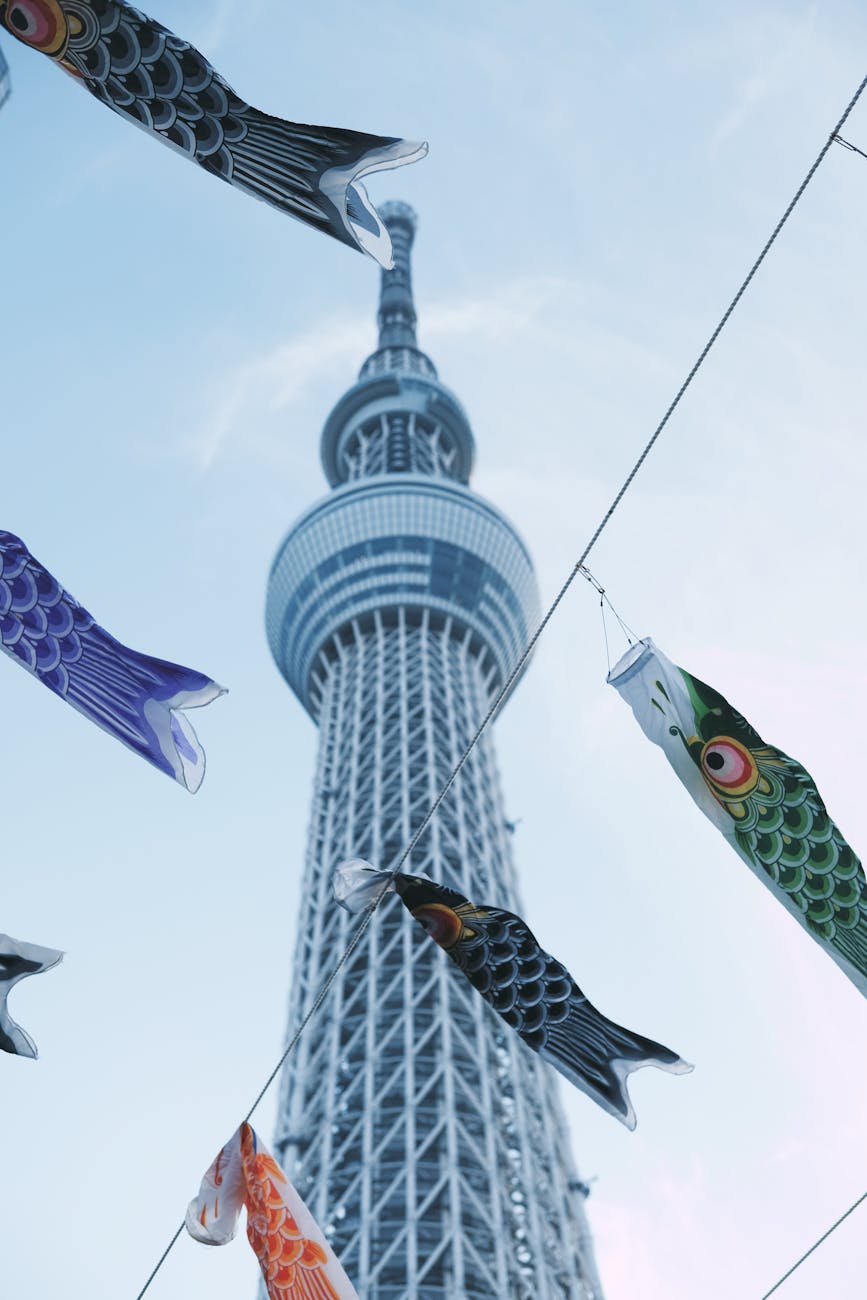
Each year on May 5th, children in Japan celebrate Children's Day. This festival, also known as Kodomo no hi (こどもの日) or Kōshin-no-hi (こうしんの日), is the day where children receive presents from their parents and grandparents.
Children's Day is celebrated to commemorate the day when Emperor Meiji visited a school in Tokyo and told the teachers that they should be able to teach any child who would bring them a gift of dandelions. In Japanese, "dandelion" is pronounced as "Kainohazushi" and is often shortened to "hazushi" or "hasushi."
One clear sign that Children’s Day is coming is all of the Koi-no-bori (fish flags). They can be seen all across Japan in a variety of colors. They are a beautiful sight in Spring and represent the happy, free nature of children as they blow in the wind.
26. Japanese Masks

Japanese masks are usually made of wood, but can also be made from other materials such as paper, silk or leather. They often represent the spirits, animals, heroes and monsters from Japanese folk tales and may be used in festivals and celebrations.
The masks are created by artists who are often highly skilled in carving or painting. The most common types of masks in Japan include kabuki masks called "kumadori," which have an exaggerated size nose and mouth; animal masks like the cat mask called "bakeneko," which has a slit for the eyes; and hero type masks like those used for theater performances of "Noh" dramas.
Today they are often made from plastic so they are not as expensive and you can often find some in souvenir shops.
27. Geta
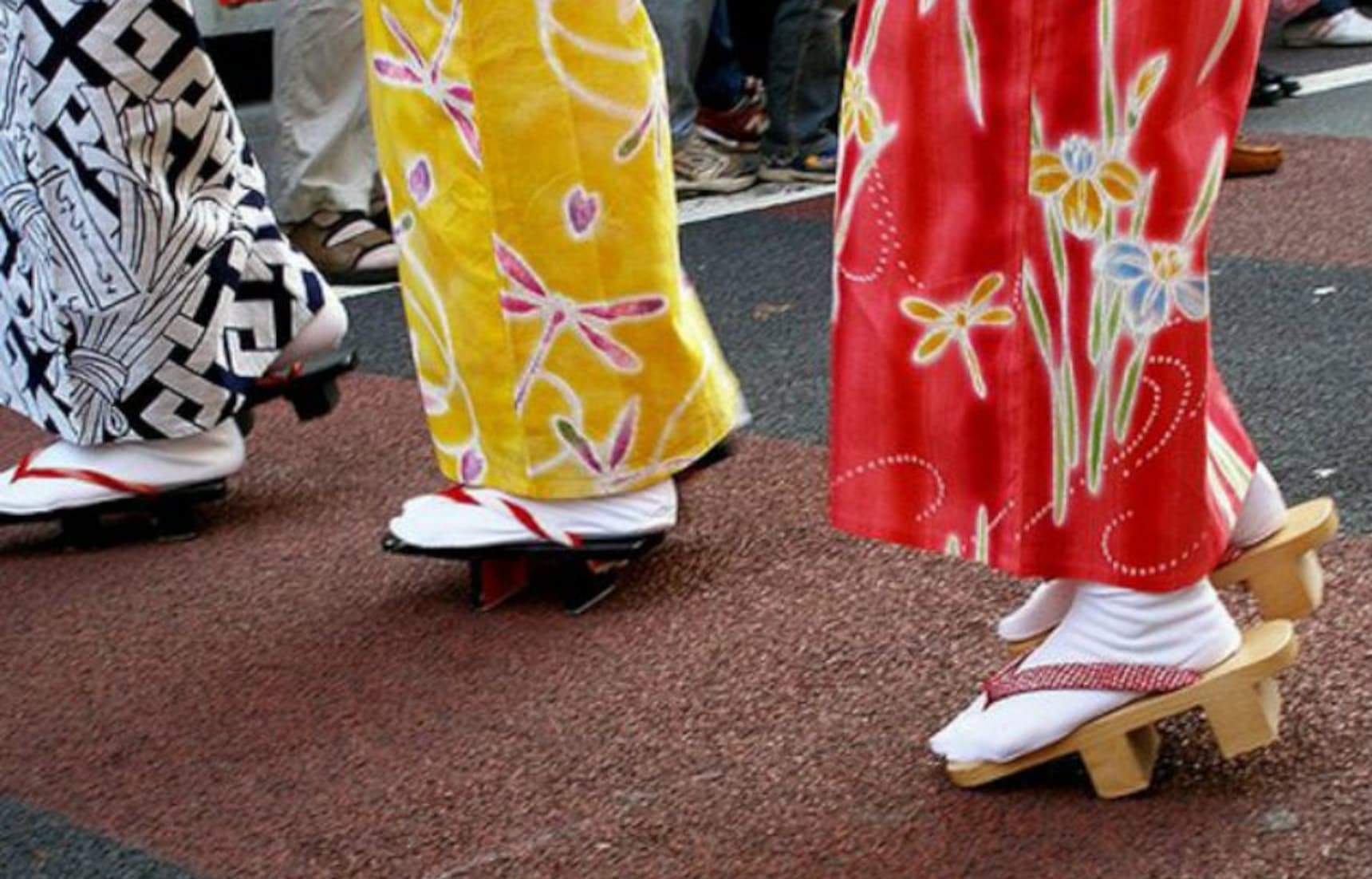
Traditional Japanese Geta are traditional shoes that you can wear in Japan. They have no laces and the heel is made of wood which is usually sandalwood. They also have a thin piece of rope called an Uchikake which loops around the big toe and then ties to the other side.
They may be unusual to walk in at first, but after a little practice they will feel like you have been wearing them all your life!
28. Tabi Split-toe Socks

Tabi are Japanese traditional socks with two separate compartments(one for the big toe). Tabi are worn with traditional Japanese clothing and footwear. They are considered traditional dress socks.
The name tabi comes from the Japanese word meaning "to put on" or "footwear". Some say that the style originated from a piece of cloth which was cut in two, with one piece wrapping around the heel and the other covering the toes.
Tabi are often worn with traditional Japanese sandals known as Geta.
29. Daruma Doll
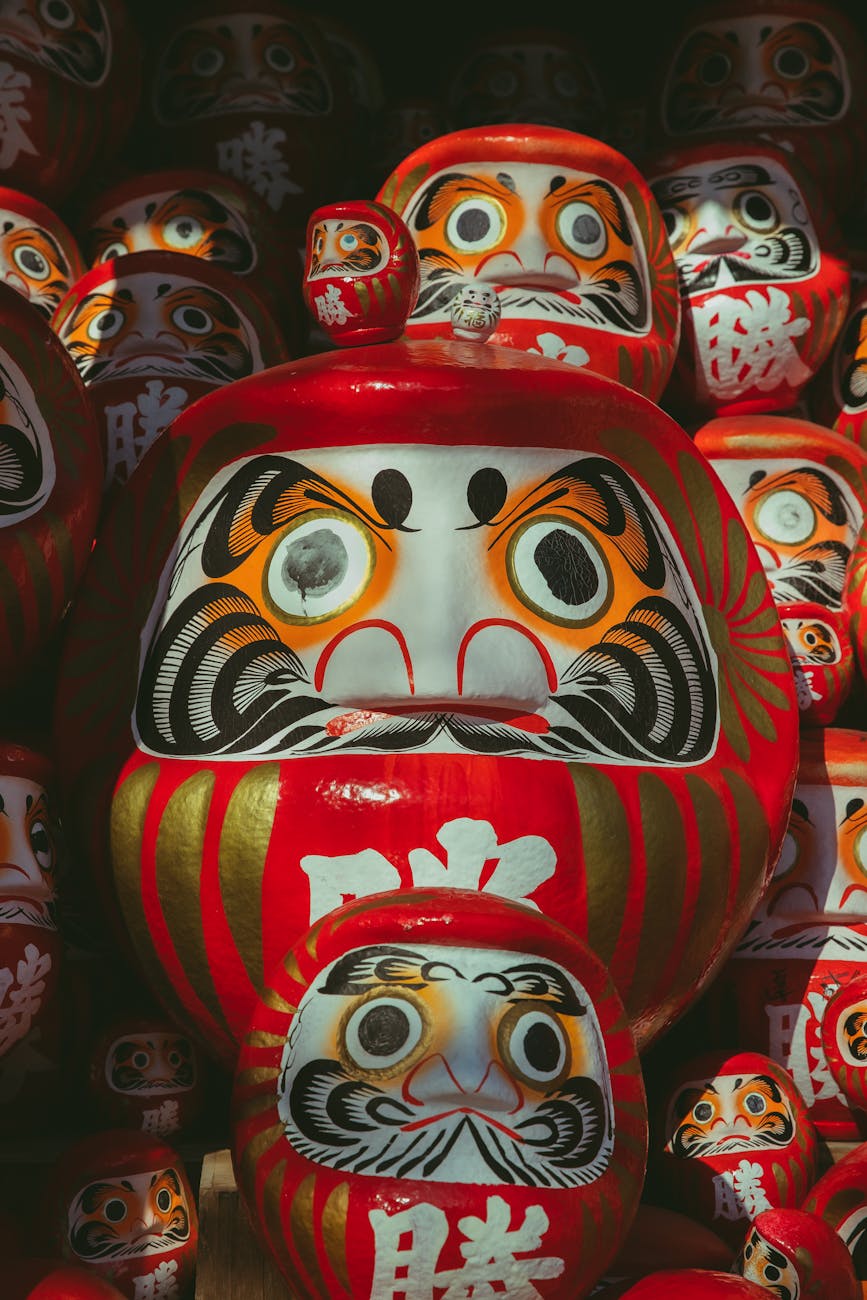
The Daruma Doll is a traditional Japanese doll which is made out of a single piece of wood. The doll is traditionally red with a beard painted on, but can come in a variety of colors and sizes.
The Daruma Dolls are used to help with dreaming big and accomplishing goals. Each time you start a new goal, you fill in one eye of the doll on your desk until that goal is accomplished. When both eyes are filled in, you can take up another challenge or start over again with a new goal. You can read more about Daruma HERE.
30. Kendama
Kendama is a traditional Japanese ball and cup toy. The ball is attached to the handle with a string. The handle has 2 shallow cups on it, a larger one and a smaller that is more difficult to catch the ball on. For a greater challenge there is a point on the top where you can try to land the ball on top fitting the point into a small hole in the bottom of the ball.
A player, standing with one foot on each side of the cup, tosses the ball onto the top of the ken, catches it in the cup and then repeats this action. Experts can do many tricks including getting more than ten cups in a row.
Bonus!!: Connection with local Japanese people.

The people of Japan can be incredibly kind and friendly. One of the best souvenirs you can take home is a connection made with the people here. It can be as simple as a nice conversation with a server at a restaurant or talking to a sweet obachan in a park. Not sure what to say? Take a look at our Japanese Conversation Hacks guide of some useful and versatile everyday Japanese words often not taught in basic guides or lessons. You can come simply as a tourist, but trying to get a little into the culture and the people here will open you up to a new world. The real Japan. Don’t be afraid to take photos with people (asking them first, of course). You may also consider downloading the LINE app on your phone. This is the most common form of communication in Japan and you may just make some life-long friends you can see on your next trip back to Japan!
Japan is a great country to visit for a variety of reasons. It is an ancient country that has preserved its culture, history, and traditions. The people are known for their politeness and friendliness. The food is also a major attraction because it has a variety of flavors and textures. Whether you’re here for a long or short time, there is so much to enjoy. Souvenirs are an easy way to remember the happy memories you made while visiting Japan, but we always hope you will come back to visit as we have so much to share with you!
In Case You Can't Make It To Japan Now, Or Forgot Something On Our List, You Can Find A Number Of Items On Our Website Listed Below. We Will Ship Them To Your Home For FREE!!


